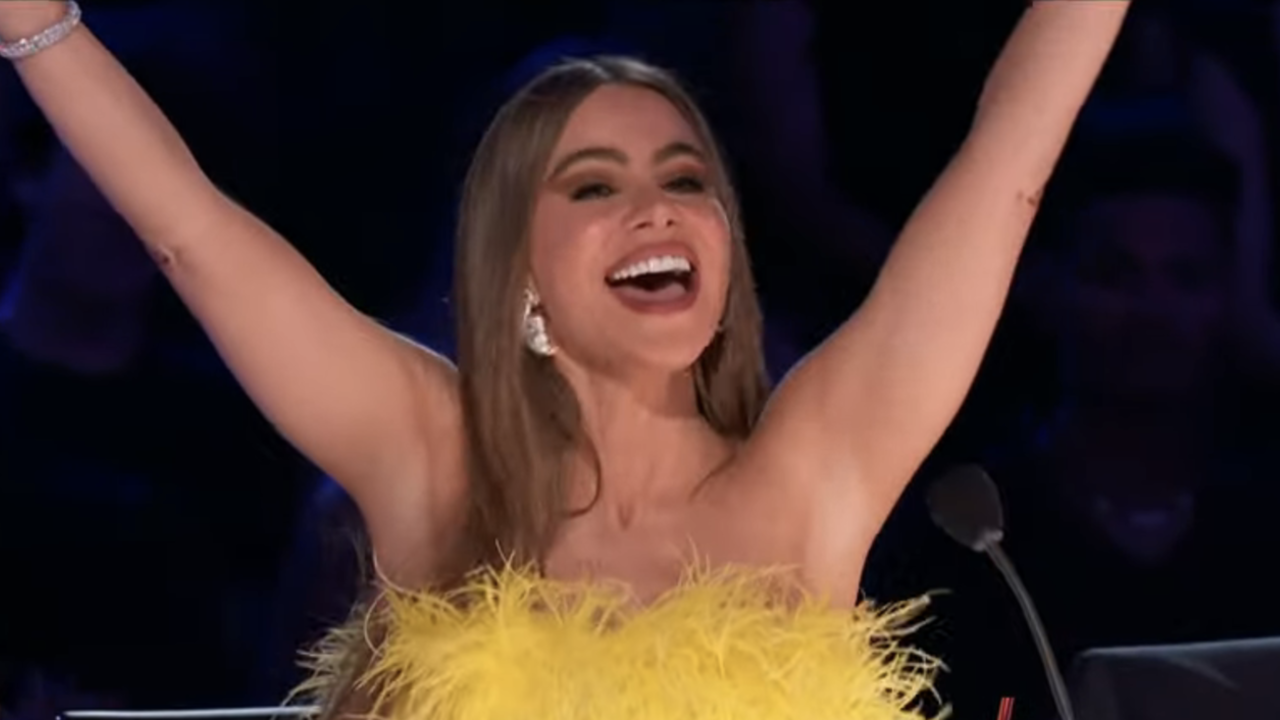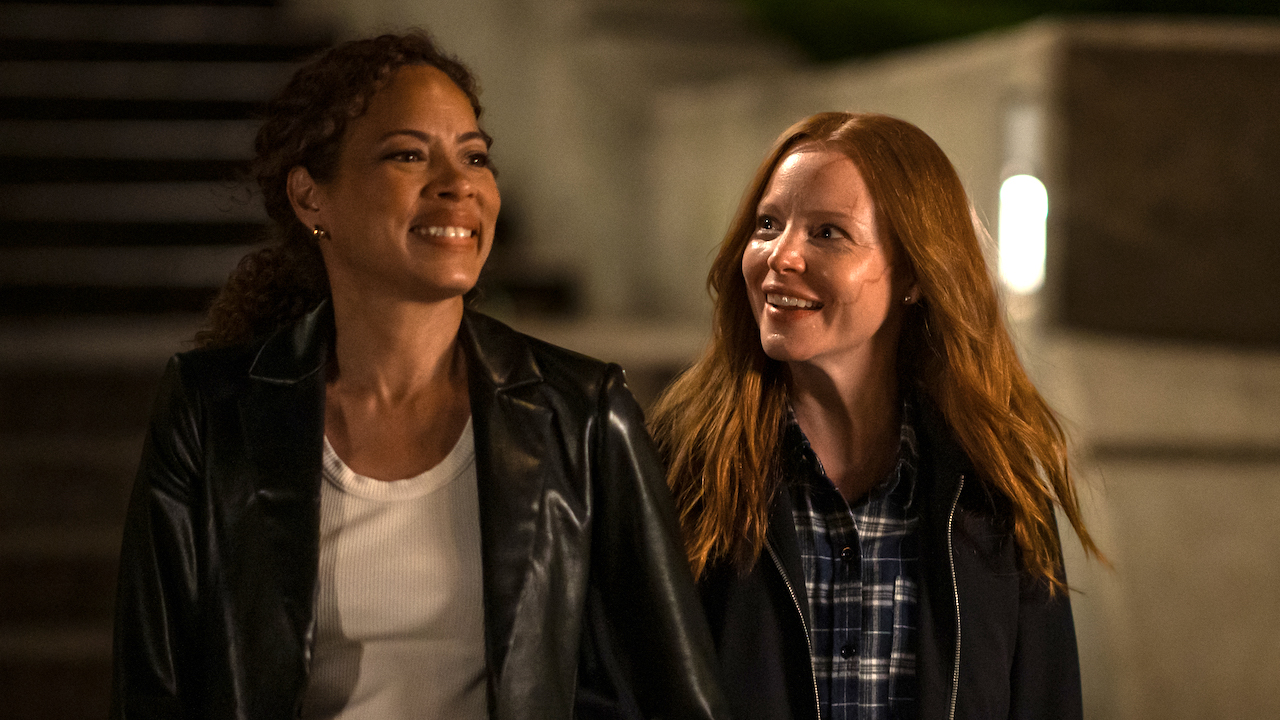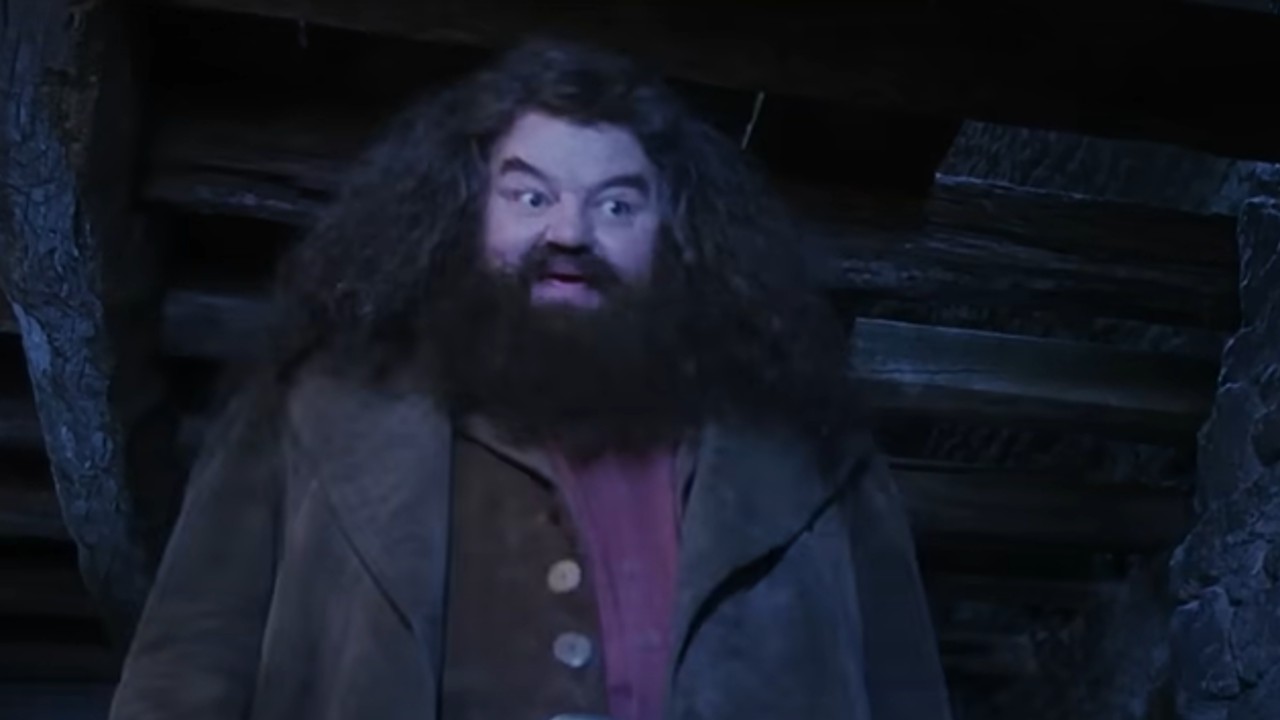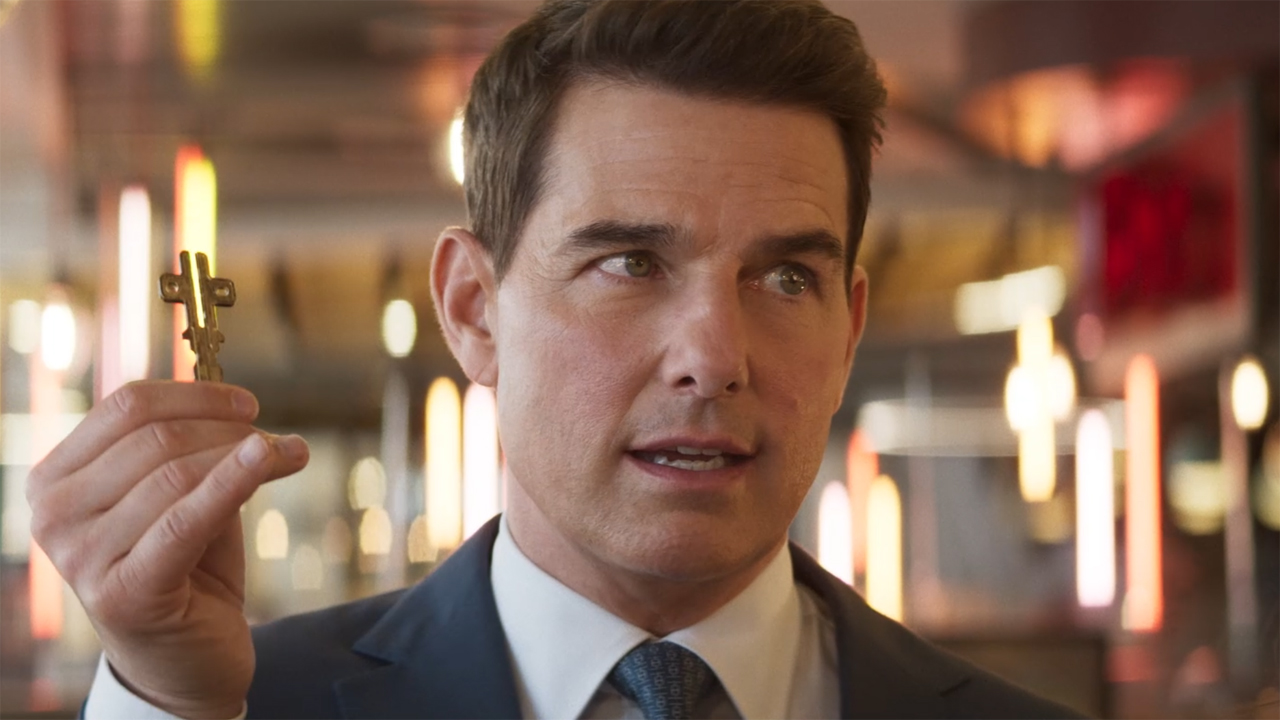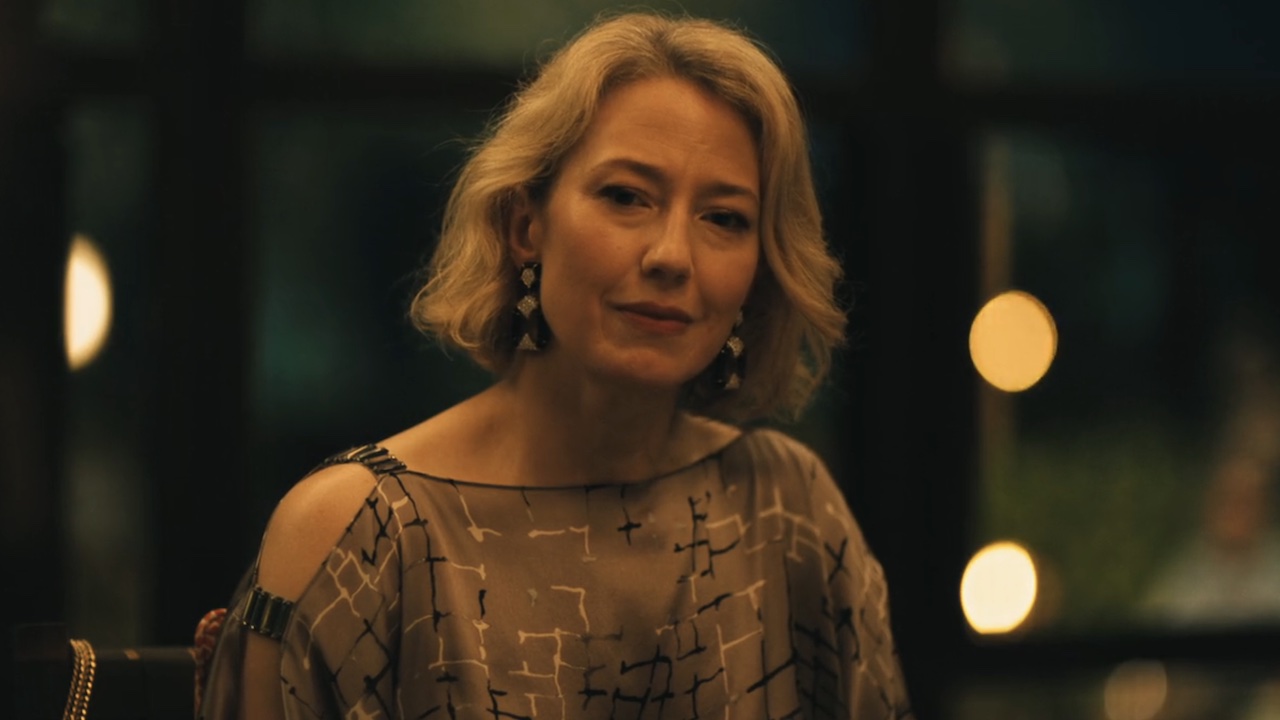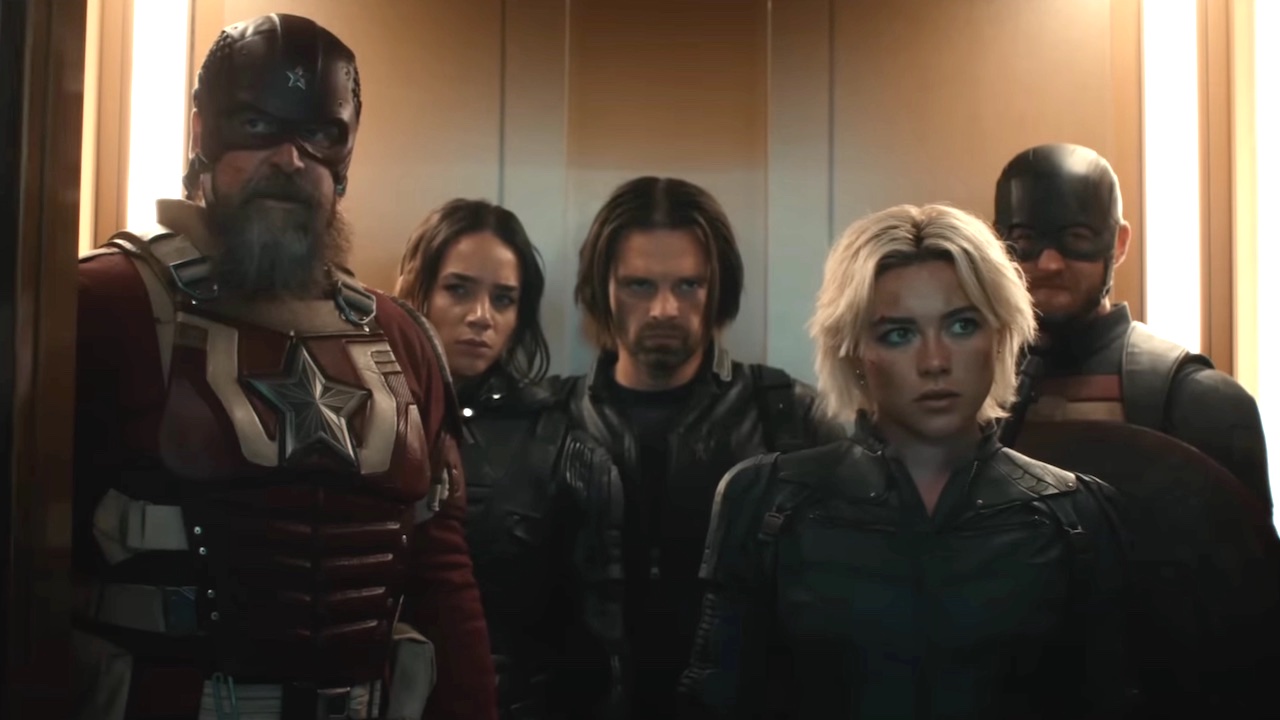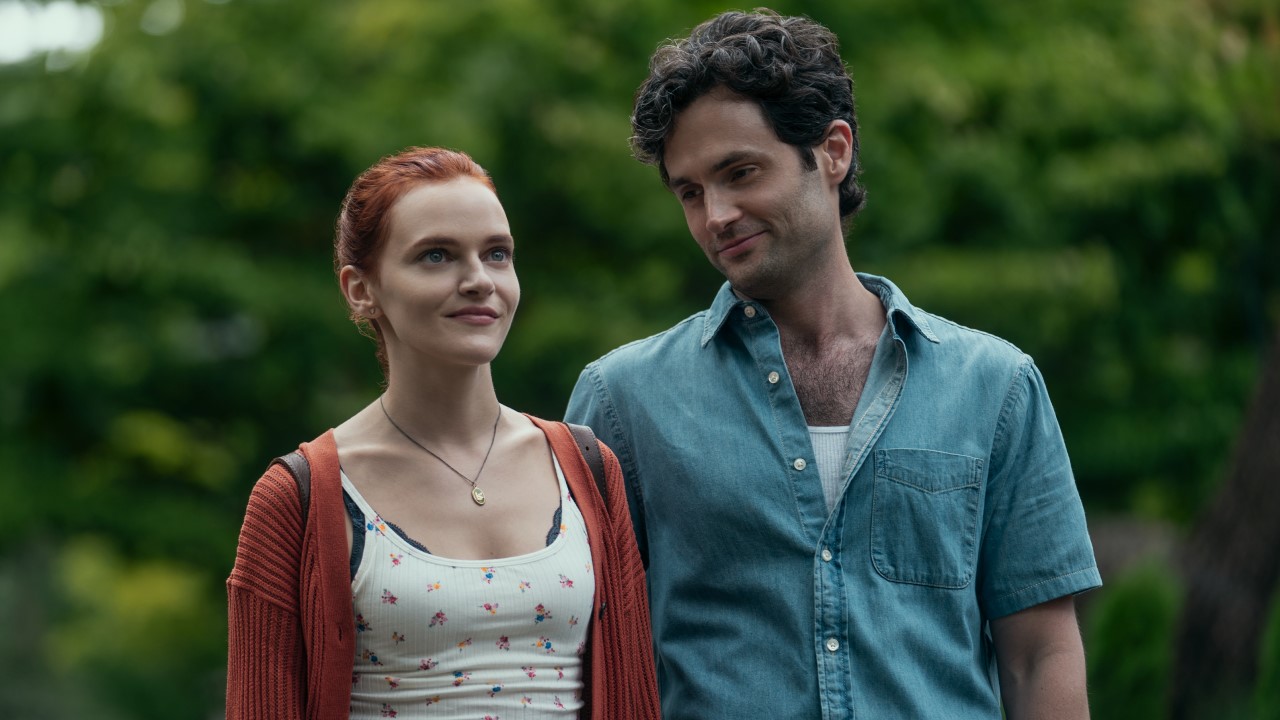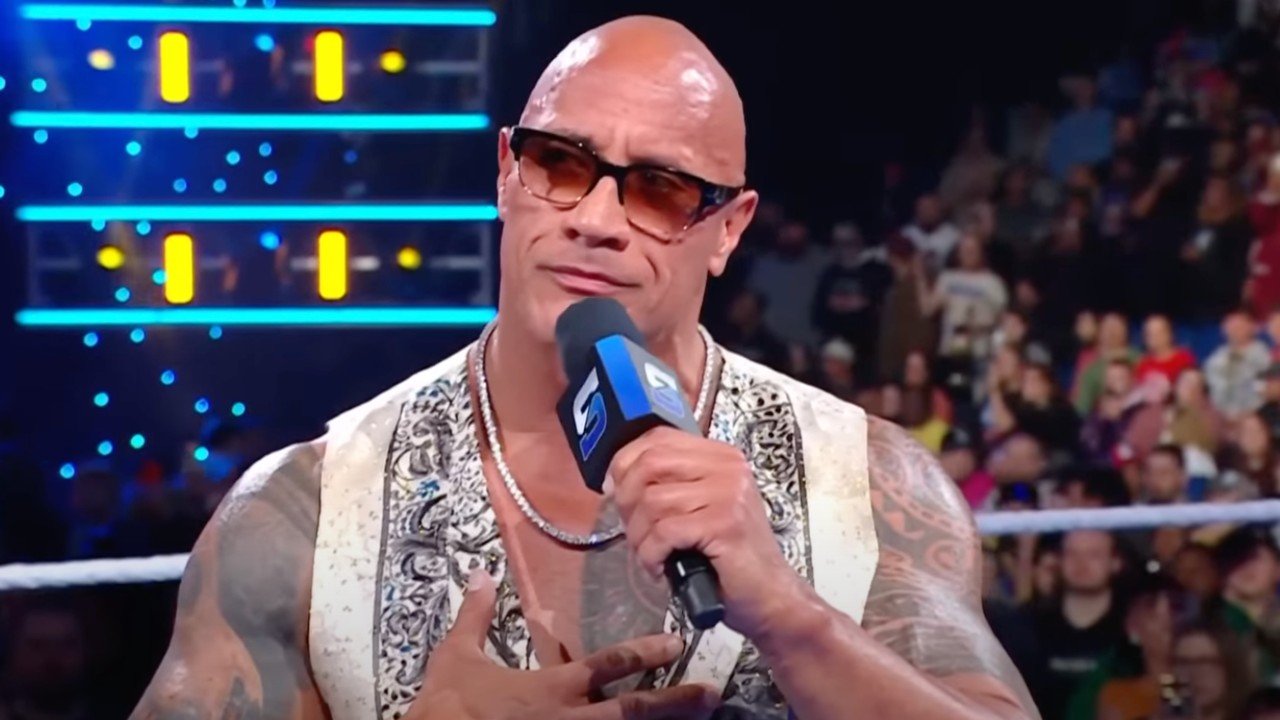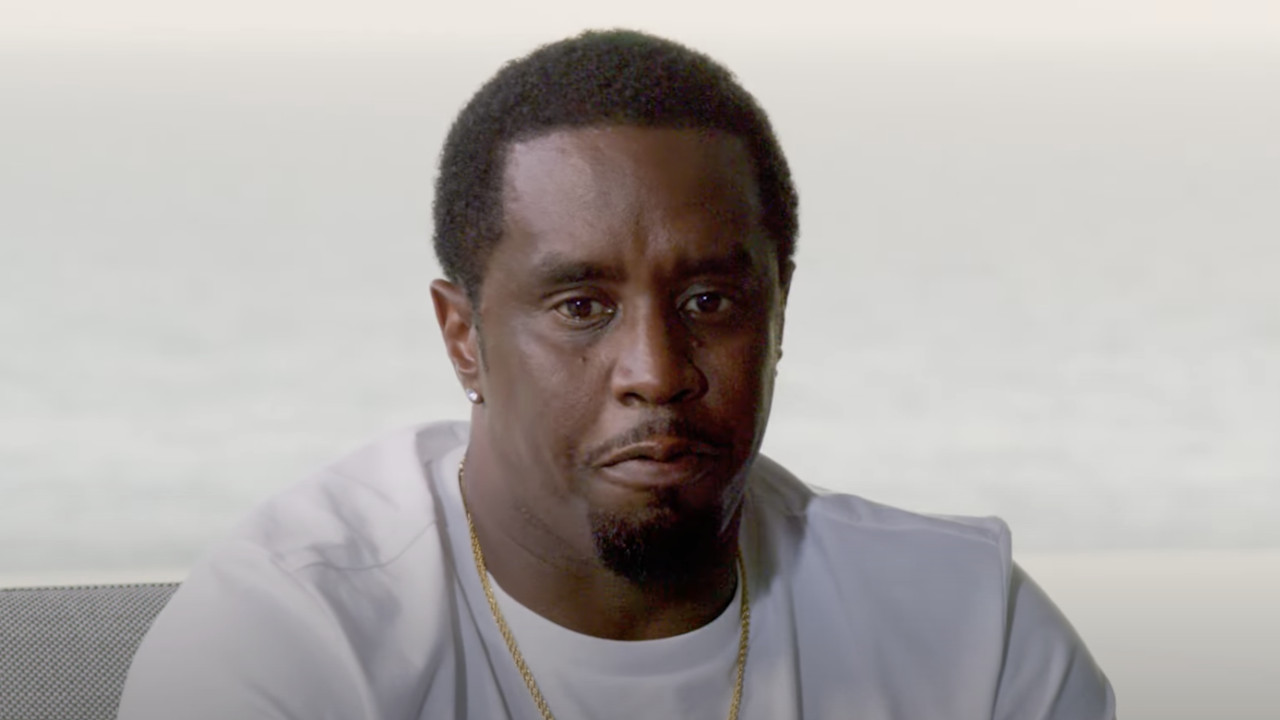Interview With The Vampire Ending Explained: What Happened And What It Means
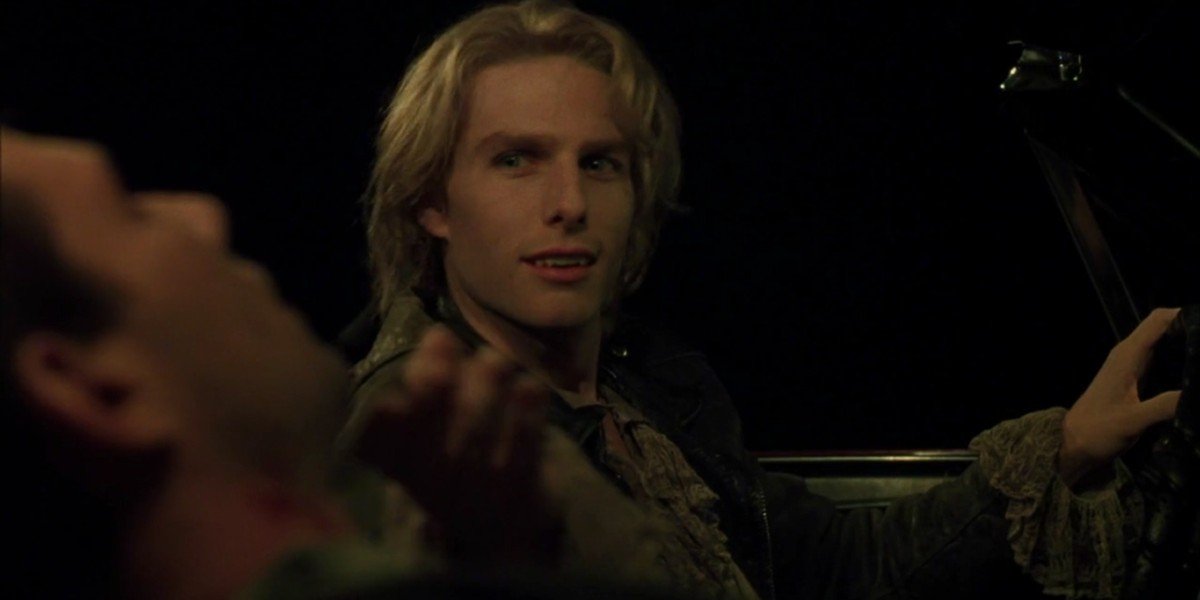
Interview with the Vampire was a box office success when it premiered in 1994. It is one of the highest-grossing R-rated horror films of 1994 and grew to become a goth cult favorite. Leads Tom Cruise and Brad Pitt were already staking their claim in Hollywood at the time, but the film made them even bigger names, and made Kirsten Dunst one to watch. Because Neil Jordan tried to be as faithful to Anne Rice’s original book as possible, Interview with the Vampire left a major impression on viewers, and the interview with the Vampire ending is still one of the coolest endings in vampire history.
Interview with the Vampire is the story of Louis (Brad Pitt), a New Orleans plantation owner who gives up on life after his wife and daughter die. One reckless night, he meets Lestat (Tom Cruise) who gives him the gift and curse of immortality. The film starts in 1791 and ends in the 1990s, so the men have centuries of misery together and apart.
The ending of Interview with the Vampire offers a final shock for Louis and Lestat’s story, and a new chapter for Daniel (Christian Slater), the San Francisco reporter who learns of Louis’s undead life story.
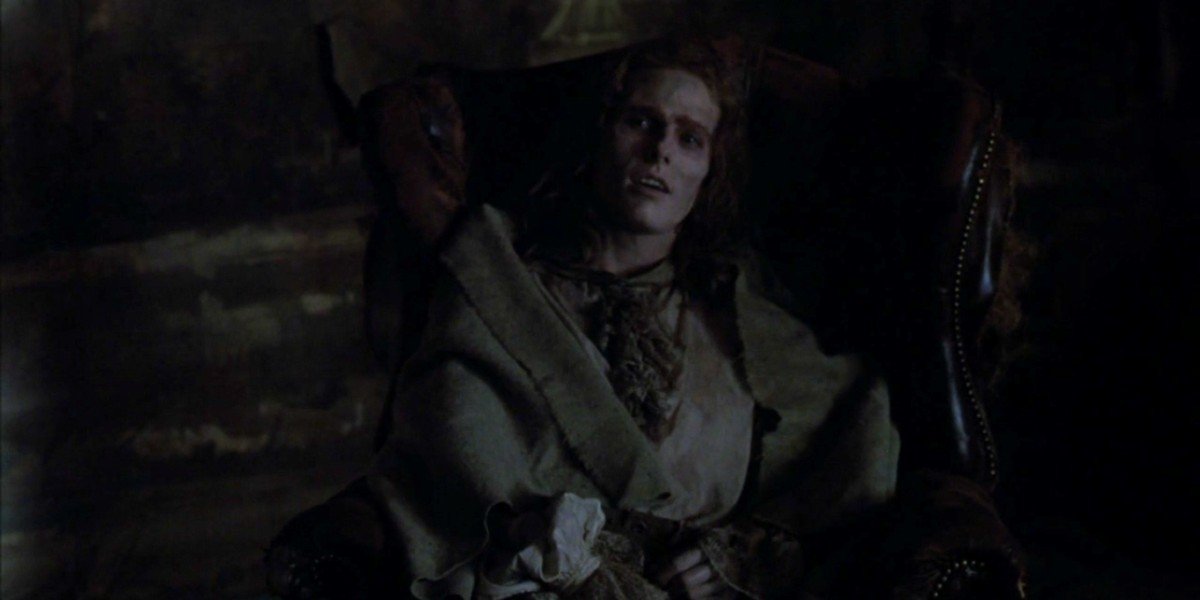
How Interview With The Vampire Ended
Louis tells Daniel how he saw Lestat one last time in the late '80s but he doesn’t know what happened to him. Daniel insists that there must be more to the story and a reason why Louis told him his story. He believes that Louis wants a new companion and wants him to be it.
Daniel continuously pleads with Louis to make him a vampire, so Louis attacks him in frustration, but lets him live. Daniel, shaken from the sudden outburst by Louis, gathers all his tapes and heads to his car. He speeds down the highway and starts playing the tapes. Daniel smirks a little to himself, likely because of the gold he just got with Louis’s story and because he escaped death.
Suddenly, Lestat appears and bites Daniel. While driving, Lestat offers Daniel a choice that he never got. Lestat now has been restored to his full vampire self.
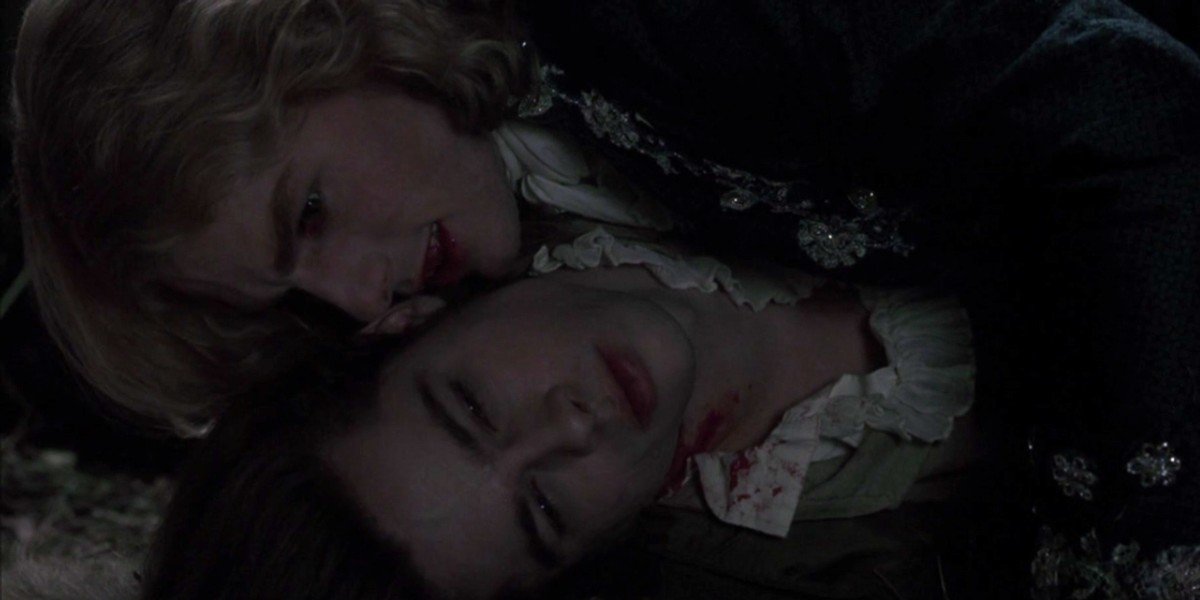
A Tale Of Two Vampires
Interview with the Vampire is Louis’s journey, but through his story, we also learn about Lestat. This may be a slightly distorted version of Lestat because it’s Louis’s version of him and not his accounts, but we see at the end with Daniel and Lestat, that Louis’s version of him may have been very close to the real Lestat.
CINEMABLEND NEWSLETTER
Your Daily Blend of Entertainment News
Louis is a vampire who hates being one. He sees it as a burden, but he’s not brave or generous enough to actually end his own life. Instead, he complains about how miserable it has made him. Lestat completely loves and embraces vampirism by taking advantage of all its perks.
Lestat and Louis are part of different generations. We don’t know when Lestat became a vampire, at least not in the movie, so we don’t know how long he has been one before he met Louis. It’s assumed that he was a vampire many centuries before Louis was born. So the age difference could play a part in how they react to being a vampire.
Maybe when Louis reaches Lestat’s age, he may change his views of being a vampire. Louis and Lestat also represent two different extremes of being a vampire. We have one who only sees the bad in it, and the one who overindulges himself in the vampire privileges. Claudia (Kirsten Dunst) and Armand (Antonio Banderas) kind of represent the middle ground.
Both characters enjoyed being vampires, but they were also burdened by certain aspects of it, like Claudia with the inability to age and Armand with his loneliness. Louis and Lestat almost exist to be foils of one another.
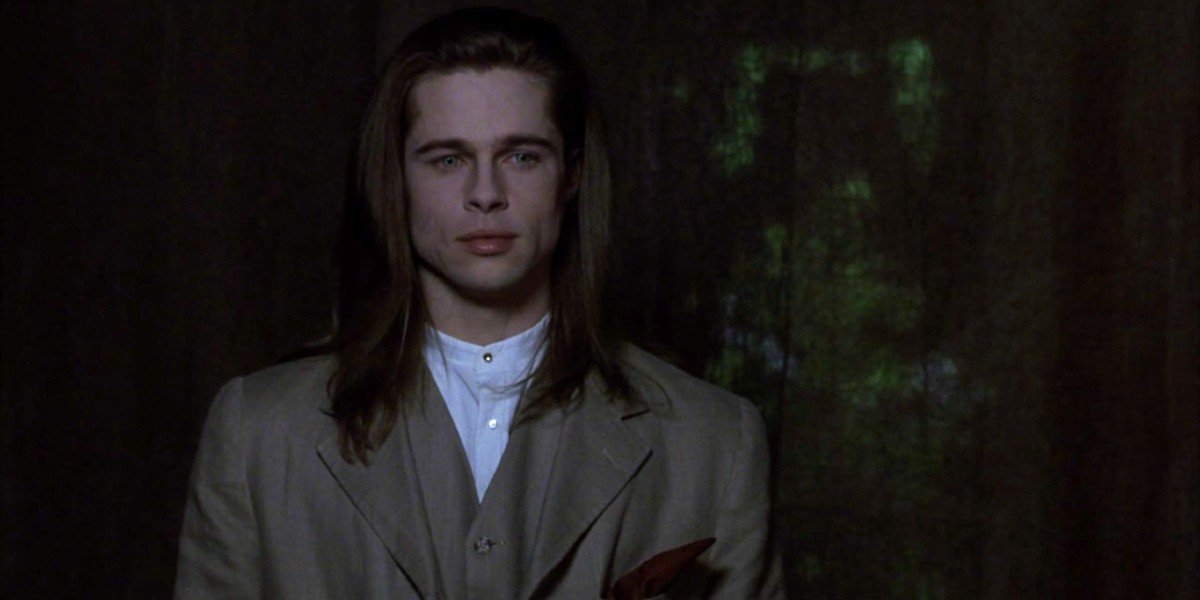
The Modern Vampire
Louis and Lestat are the archetypes for modern-day vampires. If you’ve seen any vampire TV show or movie from the 1980s to now, you’ll recognize Louis and Lestat in many of them. The best example is The Vampire Diaries’ Damon Salvatore (Ian Somerhalder) and Stefan Salvatore (Paul Wesley). They almost have the same chaotic relationship that Lestat and Louis do, minus the sexual tension.
Stefan is the tortured one who hates being a vampire, but can’t risk his bloodlust. Damon is the cool, devious one who has fun with it but also has moments of humanity. Then we get the same sort of dualism with True Blood’s Bill (Stephen Moyer) and Eric (Alexander Skarsgard), and even Spike (James Marsters) and Angel (David Boreanaz) in Buffy the Vampire Slayer.
You also get traces of the tortured vampire in movies like Twilight and many other modern vampire books, movies, and TV shows. They have gone very much away from Bram Stoker’s Dracula and into Anne Rice’s Vampire Chronicles vampires.
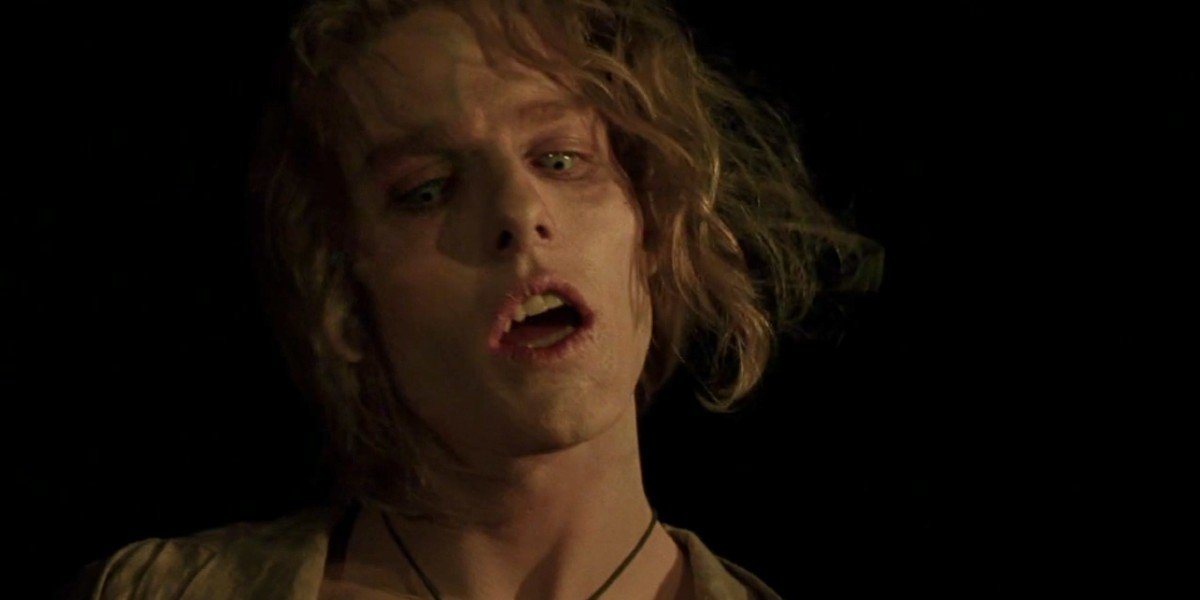
Sympathy For The Devil
Interview with the Vampire ends with The Rolling Stones’ “Sympathy for the Devil” playing. The lyrics perfectly sum up Lestat. Though Louis is the main character of this film, he is not the star. Lestat takes up space and the spotlight in every scene.
The film seduces you with Lestat. The credit for this seduction belongs to Tom Cruise and his performance and Anne Rice for the Lestat source material. Interview with the Vampire is just first world vampire problems without Lestat’s charisma and danger. It’s why the film ending with him is so profound. He has once again hijacked Louis’s story by taking over the narrative. The audience forgets about Louis’s tragic life and his undead life, and just remembers how cool it is that Lestat came out of nowhere and turned Daniel into a vampire.
Cruise does a great job of giving Lestat levels. He does these horrible things but you can see the pain, fear, and regret in him at times, especially when dealing with Claudia. Lestat’s layers are what makes him an appealing character and a great example for characters that came after him with a similar persona, such as Spike and Damon Salvatore.
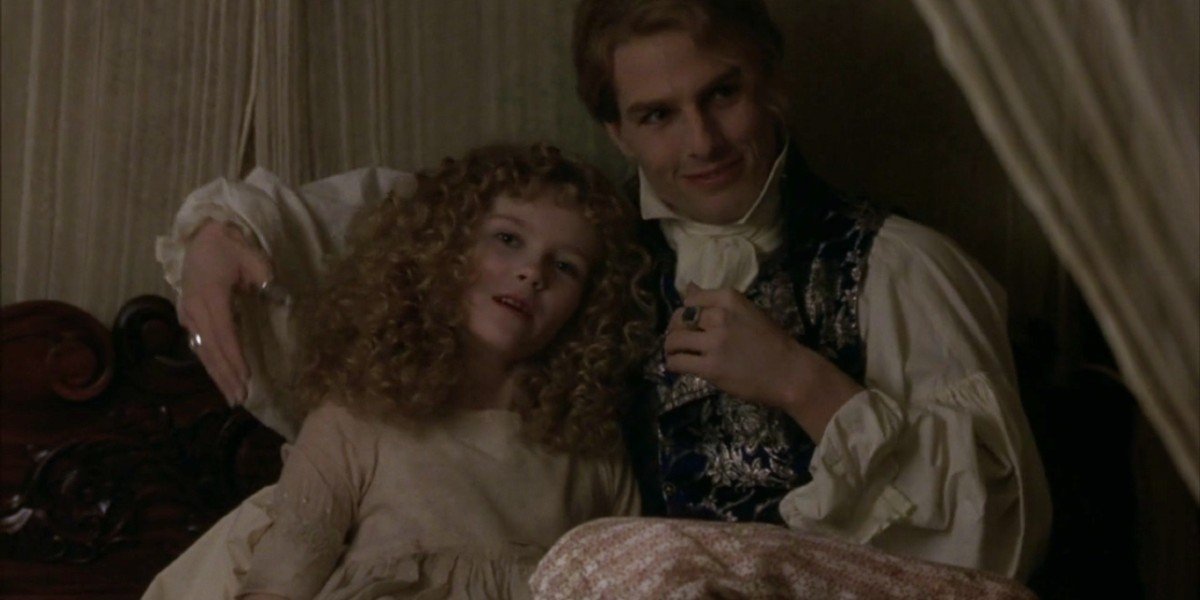
Anne Rice’s Personal Connection To The Material
Anne Rice wrote Interview with the Vampire while grieving the death of her daughter Michelle. Michelle died from leukemia at the age of five. Rice has been open about her and her husband using alcohol to cope with that pain. She has also shared that Lestat and Louis are her and her husband. She identifies more with Louis, but Lestat is who she wishes she could be and parts of her evolution.
She also thought about her daughter when creating Claudia, but of course their personalities are different. The book also represents the many different emotions that Rice was dealing with while creating the book. In the Talks at Google series, Rice shared how writing about vampires helped her open up as a writer.
When I chose that absurd title ‘Interview with the Vampire,’ and you know when I started writing through the voice vampire. And it was a comic book image. Um-that’s when the door opened to my reality. Then I could talk about everything that mattered to me. Absolutely everything: grief, pain, good and evil, conscious, tragedy, horror, the fear that life was meaningless. Just a million things.
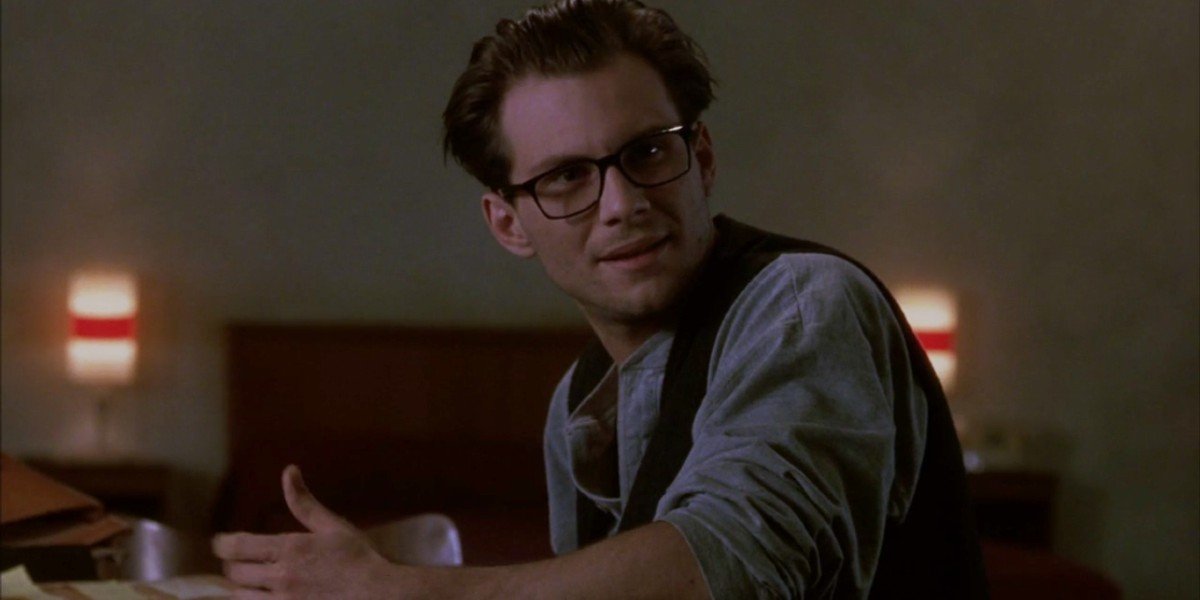
The Audience As A Character
In Interview with the Vampire, the audience is basically Daniel. We’re learning about Louis, Lestat, and Claudia as Daniel is and with the same wonder and amusement. Daniel also represents fans who read these vampire books and become intoxicated by the story.
They ignore the tragic part and see the fantasy of immortality and vampire powers. Then Louis shakes them back to reality with the scariness of vampires. Interview with the Vampire audience is also the one that Lestat speaks to when he says “Don't be afraid. I'm going to give you the choice I never had.” The choice in this statement could mean many things, it could be the choice to live a life of meaning, the choice to live while you’re alive, or many other different choices. The point that’s being made that as humans, we have choices. No one is doomed like a vampire.
By the end of Interview with the Vampire, the audience is left to ponder the same questions that Louis has about life, loneliness, and meaning. Interview with the Vampire is available to stream on Hulu. Stream it here.

Spent most of my life in various parts of Illinois, including attending college in Evanston. I have been a life long lover of pop culture, especially television, turned that passion into writing about all things entertainment related. When I'm not writing about pop culture, I can be found channeling Gordon Ramsay by kicking people out the kitchen.
